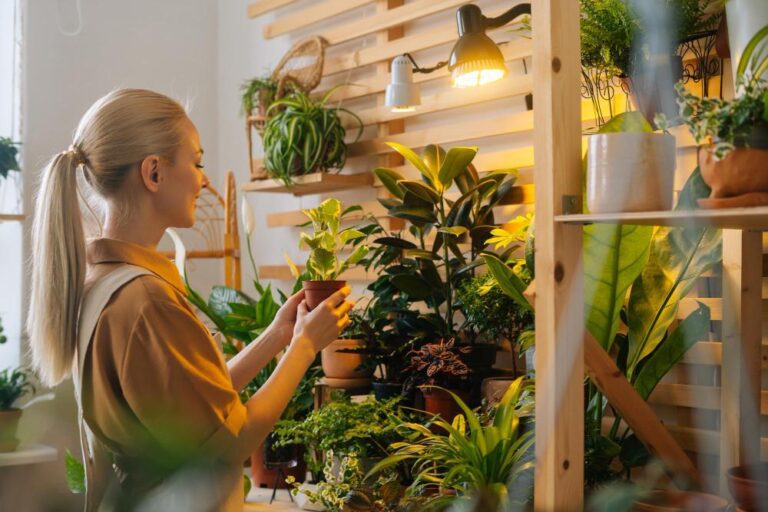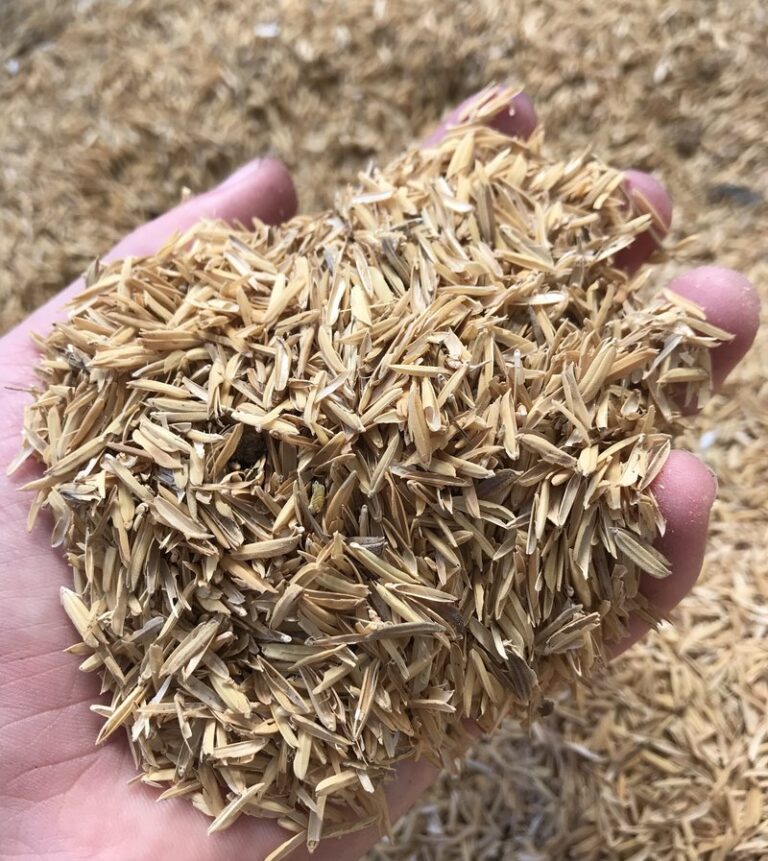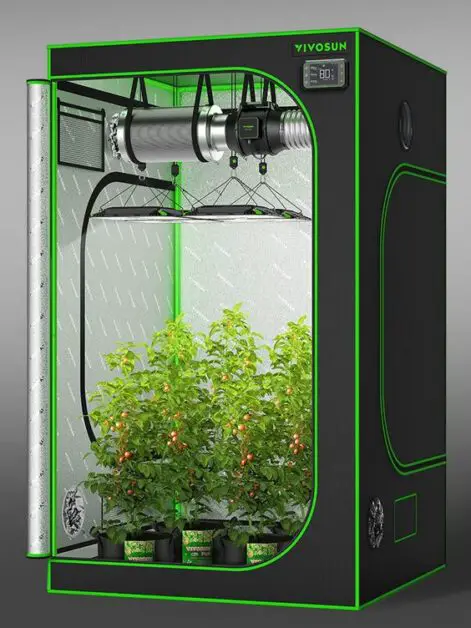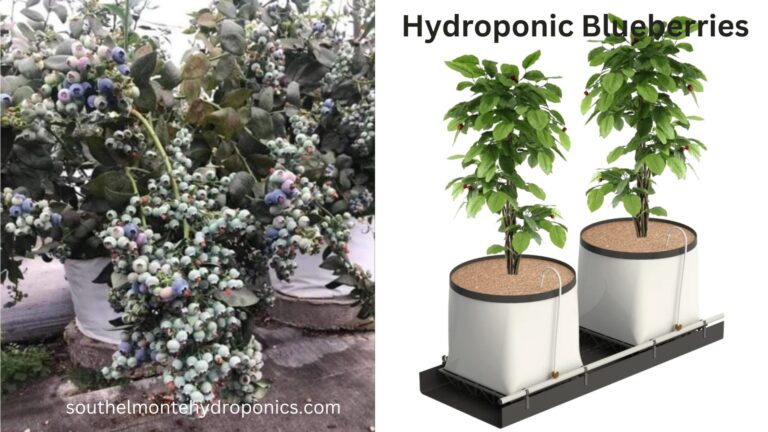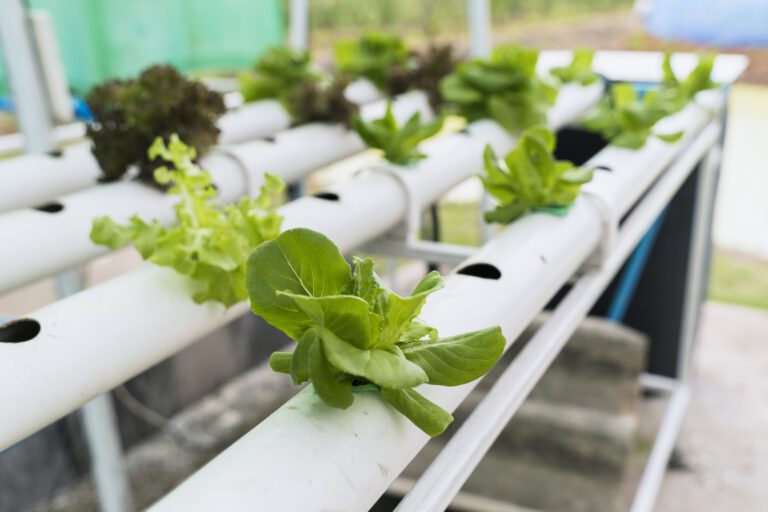The Benefits and Challenges of Growing Potatoes Hydroponically
Table of Contents
Disease Prevention in hydroponically grown potatoes:
Hydroponic systems have emerged as an effective solution to minimize the risk of soil-borne diseases in potato crops. With the ability to grow plants in a soilless environment, these systems offer a cleaner and healthier alternative to traditional farming methods. By removing the dependence on soil, hydroponics significantly reduces the potential for diseases caused by soil pathogens, such as fungal and bacterial infections.
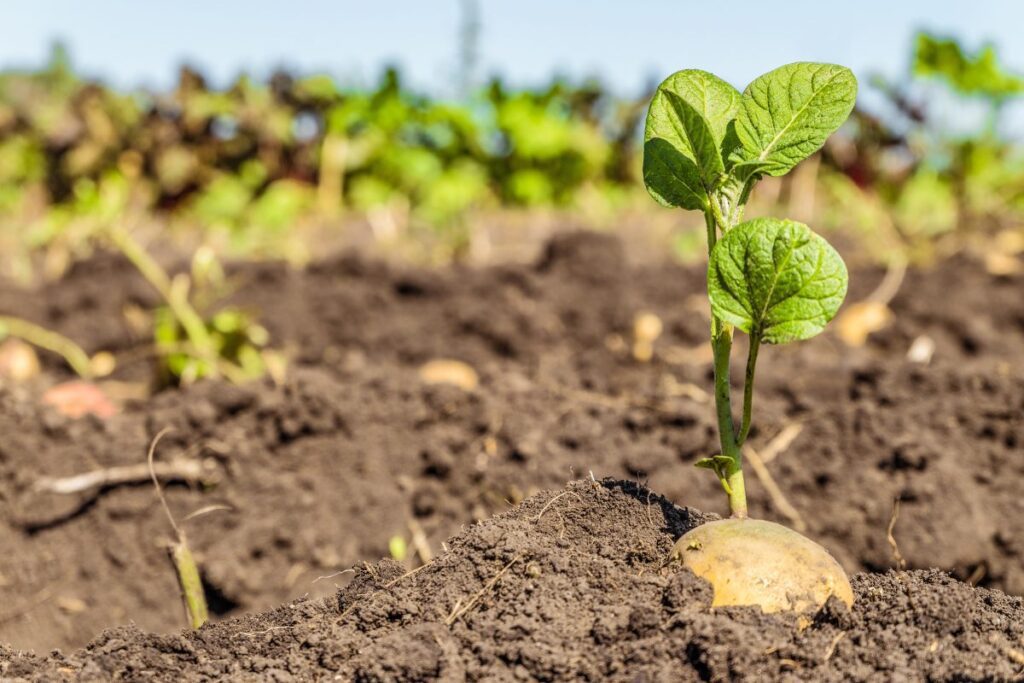
Additionally, hydroponic systems can be carefully controlled, allowing for optimal conditions that discourage the growth and spread of diseases. Factors like temperature, humidity, and nutrient levels can be closely monitored to create an environment that is unfavorable for pathogens. As a result, hydroponically grown potato crops have a reduced incidence of diseases, leading to higher yields and healthier plants.
However, hydroponic potatoes are not immune to all diseases and pests, and they still require proper care and maintenance to prevent and control them. Here are some tips on how to prevent disease in hydroponic potatoes:
- Use disease-free seed potatoes or plants, and sterilize them before planting. You can soak them in a 10% bleach solution for 10 minutes, and then rinse them with clean water.
- Use a sterile and well-oxygenated water source, and change it regularly. You can add hydrogen peroxide or chlorine to the water to kill any bacteria or fungi.
- Use a balanced and appropriate nutrient solution, and monitor its pH, EC, and temperature. You can use a commercial hydroponic fertilizer or make your own by mixing 1 heaping tablespoon of Masterblend, 1 heaping tablespoon of calcium nitrate, and 1/2 heaping tablespoon of Epsom salt per 5 gallons of water .
- Use a loose and slightly acidic growing medium, such as perlite, peat, or vermiculite. Avoid using organic matter, such as compost or manure, as they can harbor pathogens and pests.
- Provide adequate light and air circulation, and avoid high humidity and low temperature. You can use natural or artificial light sources, and fans or vents to improve the ventilation.
- Inspect the plants regularly for any signs of disease or pest infestation, and remove and destroy any infected or infested plants. You can also use organic or biological methods to control the diseases and pests, such as neem oil, insecticidal soap, pyrethrin, or beneficial insects.
By following these tips, you can prevent most of the common diseases and pests that affect hydroponic potatoes, such as aphids, whiteflies, spider mites, thrips, fungus gnats, late blight, early blight, verticillium wilt, blackleg, bacterial wilt, potato scab, potato leafroll virus, and potato virus Y. However, if you encounter any serious or persistent problems, you may need to consult a professional or an experienced hydroponic grower for advice.
Reduced Pest Pressure in hydroponically grown potatoes:
The cultivation of potatoes using hydroponic systems has proven to be a highly effective method in minimizing pest infestations. By not relying on traditional soil-based cultivation, hydroponics significantly reduces the risk of pests such as nematodes, root maggots, and wireworms infesting potato crops. These pests typically thrive in soil, making hydroponics a valuable solution for farmers and gardeners seeking to minimize pest pressures.
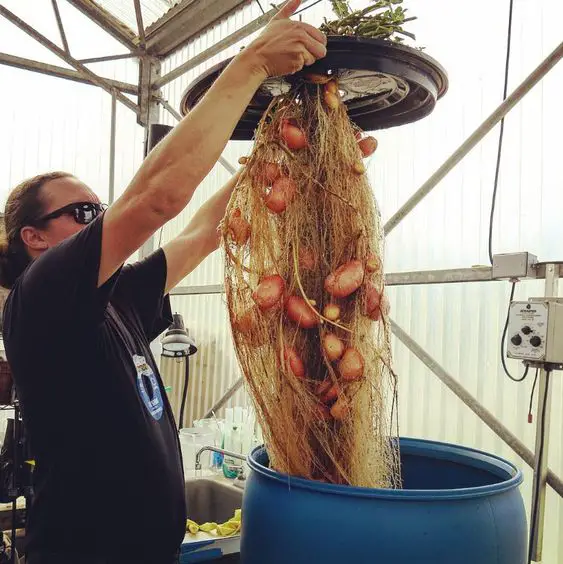
One of the key advantages of hydroponic potato cultivation is the reduced reliance on chemical pesticides. With pests naturally deterred by the absence of soil, hydroponics offers an eco-friendly approach to pest management. By using nutrient-rich water and controlled environments, hydroponic systems create conditions that are less favorable for pest infestations. As a result, the need for chemical pesticides is greatly reduced, promoting a cleaner and healthier growing environment.
Furthermore, the use of hydroponics in potato cultivation aligns with sustainable and eco-friendly practices. Traditional potato farming often requires the extensive use of chemical pesticides, which can have detrimental effects on the environment and human health. Hydroponic systems, on the other hand, minimize the reliance on such chemicals, contributing to the preservation of biodiversity and the promotion of sustainable agricultural practices.
In conclusion, hydroponic potato cultivation offers numerous benefits when it comes to reducing pest pressures. Through its soil-less nature, hydroponics effectively minimizes the risk of pests infesting potato crops. Additionally, the reduced need for chemical pesticides aligns with eco-friendly practices, promoting a more sustainable approach to potato farming. By adopting hydroponics, farmers and gardeners can cultivate potatoes efficiently while minimizing the negative impacts on the environment and human health.
Climate Independence of hydroponics potatoes
As an innovative and sustainable agricultural method, hydroponics offers numerous advantages, including climate independence. By removing the need for soil and utilizing a controlled environment, hydroponic systems can provide optimal growing conditions for potato crops regardless of external climatic factors. This means that farmers can cultivate potatoes all year round, regardless of seasonal variations or geographical limitations.
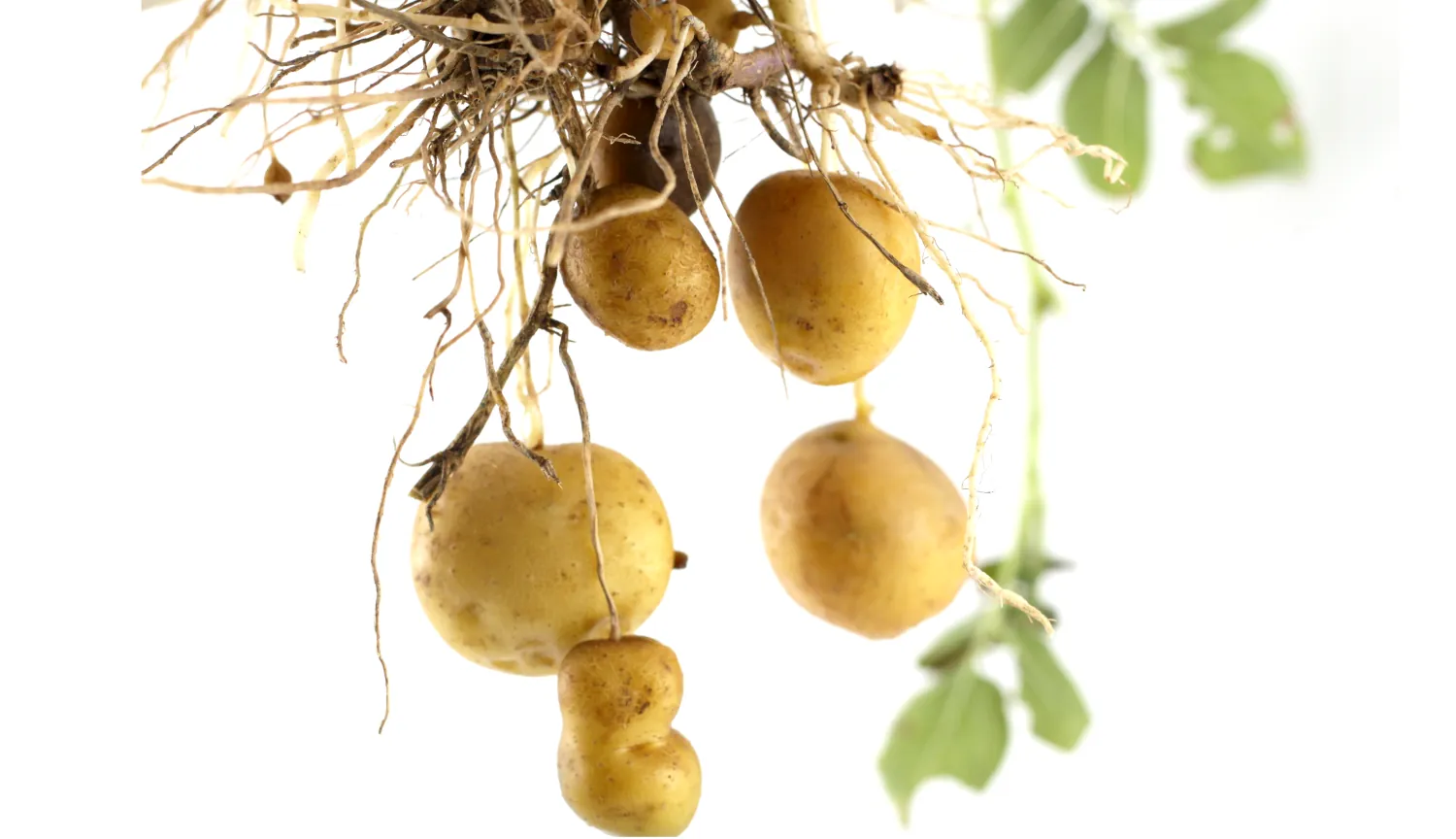
In traditional soil-based cultivation, weather conditions such as extreme temperatures, frosts, or droughts can significantly impact crop yield and quality. However, with hydroponics, farmers have the ability to regulate temperature, humidity, and light intensity, creating an ideal microclimate for potatoes to thrive. This climate independence not only ensures a consistent and reliable harvest but also allows growers to have greater control over the growth and development of their plants, resulting in healthier and more robust potato crops.
Climate Independence through Hydroponics: Key Points
- Controlled Environments:
- Hydroponic systems allow for precise control over environmental factors such as temperature, humidity, and light.
- This control minimizes the impact of external climate variations on plant growth.
2.Year-Round Cultivation:
- Hydroponics enables year-round cultivation, overcoming seasonal limitations imposed by traditional soil-based farming.
- The ability to create optimal growing conditions indoors ensures consistent crop production regardless of external weather patterns.
3.Temperature Regulation:
- Temperature-sensitive crops can thrive in hydroponic systems as the temperature can be maintained at ideal levels.
- Extreme temperatures, common in certain climates, can be mitigated, promoting stable and reliable plant development.
4.Minimized Impact of Extreme Weather Events:
- Hydroponic setups in controlled environments reduce vulnerability to extreme weather events like storms, droughts, or floods.
- This resilience ensures a more stable and secure food supply chain.
5.Optimized Resource Utilization:
- Hydroponic systems optimize the use of water and nutrients, reducing the impact of water scarcity associated with certain climates.
- Enhanced nutrient delivery contributes to improved plant growth efficiency.
6.Protection Against Climate Change:
- Hydroponics provides a strategy to adapt to changing climate conditions by offering a reliable and adaptable growing method.
- The controlled environment minimizes risks associated with unpredictable weather patterns.
7.Reduced Dependency on Geographic Location:
- Hydroponic cultivation is not constrained by traditional geographic limitations, allowing crops to be grown in areas with challenging climates.
- This reduces the dependency on specific regions for food production.
8.Energy-Efficient Technologies:
- Integration of energy-efficient technologies in hydroponic setups, such as LED lighting and climate control systems, contributes to sustainable and climate-independent farming practices.
9. Mitigation of Natural Disasters:
- Hydroponics, particularly when implemented in enclosed structures like greenhouses, offers protection against natural disasters like hailstorms or insect invasions, minimizing crop damage.
10.Consistent Crop Quality:
- Climate-independent hydroponics ensures consistent crop quality as environmental parameters are tightly regulated, leading to uniform growth and development.
How Hydroponic Potatoes Grow Faster than Soil-Grown Potatoes
One of the main benefits of hydroponic potato farming is that it can speed up the growth of the potatoes, compared to soil cultivation. This is because hydroponic systems can provide optimal levels of water, oxygen, and nutrients to the roots, and eliminate the soil-borne pathogens and insects that can infect and damage the plants. Hydroponic potatoes can also grow faster because they do not have to compete with weeds or other plants for resources and space. Hydroponic potatoes can also grow faster because they can be planted in any season, as long as the temperature and light conditions are controlled .

According to some studies, hydroponic potatoes can grow up to 25% faster than soil-grown potatoes, and reach maturity in 60 to 90 days, compared to 120 to 150 days for conventional potatoes . This means that hydroponic potatoes can have more crop cycles per year, and produce more potatoes in less time.
Here is a table that compares the growth rate of hydroponic and soil-grown potatoes, based on a study by the University of Florida:
| System | Days to Maturity | Crop Cycles per Year |
|---|---|---|
| Hydroponic | 60 to 90 | 4 to 6 |
| Soil | 120 to 150 | 2 to 3 |
As you can see, hydroponic potatoes can grow twice as fast as soil-grown potatoes, and have twice as many crop cycles per year. This can significantly increase the productivity and profitability of potato farming.
How Hydroponic Potatoes Produce Higher Yield than Soil-Grown Potatoes
Another benefit of hydroponic potato farming is that it can produce higher yield of potatoes, compared to soil cultivation. This is because hydroponic systems can provide optimal levels of water, oxygen, and nutrients to the roots, and eliminate the soil-borne pathogens and insects that can infect and damage the plants. Hydroponic potatoes can also produce higher yield because they can be planted more densely and uniformly, and have less tuber defects and losses .
According to some studies, hydroponic potatoes can produce up to 50% more yield than soil-grown potatoes, and reach up to 400 bushels per acre, compared to 200 to 300 bushels per acre for conventional potatoes . This means that hydroponic potatoes can produce more potatoes per square foot, and have higher quality and marketability.
Here is a table that compares the yield of hydroponic and soil-grown potatoes, based on a study by the University of Florida:
| System | Yield (bushels per acre) | Yield (pounds per square foot) |
|---|---|---|
| Hydroponic | 400 | 0.92 |
| Soil | 200 to 300 | 0.46 to 0.69 |
As you can see, hydroponic potatoes can produce almost twice as much as soil-grown potatoes, and have almost twice as much weight per square foot. This can significantly increase the productivity and profitability of potato farming.
In summary, hydroponics provides a pathway to climate independence in agriculture by offering controlled environments, year-round cultivation, and resilience against external climate challenges. The ability to optimize resource utilization and protect against natural disasters positions hydroponics as a sustainable solution for future food production.
Know more about it in the given video
What is hydroponics?
Hydroponics is a method of growing plants without soil, in which plants are instead grown in a nutrient-rich water solution.
How does hydroponics minimize the risk of soil-borne diseases for potato crops?
Hydroponics eliminates the need for soil, which can harbor various pathogens that cause soil-borne diseases. By growing potatoes in a soil-free environment, the risk of these diseases is effectively minimized.
Are hydroponic potato crops healthier compared to traditional soil-grown potatoes?
Yes, hydroponic potato crops can be healthier because they are less susceptible to soil-borne diseases and are grown in a cleaner environment. This results in potatoes that are potentially free from harmful pathogens and contaminants.
How does hydroponic potato cultivation reduce pest infestations?
Hydroponics minimizes pest infestations by eliminating the use of soil, which is a common breeding ground for pests. Without soil, pests such as insects and rodents have fewer opportunities to infest the potato crops.
Do hydroponic potato crops require the use of chemical pesticides?
Hydroponic potato cultivation generally requires fewer chemical pesticides compared to traditional soil-based cultivation. The reduced pest pressure in hydroponics often eliminates the need for excessive pesticide use, promoting more eco-friendly practices.
Can hydroponics be used in all climates?
Yes, hydroponics allows for climate independence in potato cultivation. By controlling the environment in which the plants grow, hydroponics enables the production of potatoes in any climate, regardless of seasonal variations or harsh weather conditions.

Pallavi Gupta is a burgeoning writer at SouthElMonteHydroponics, blending her passion for data analysis with a keen interest in biotechnology. Currently pursuing a Bachelor’s in Biotechnology at Amity University, Pallavi delves into the intricacies of life sciences while gaining hands-on experience in the exciting world of data analysis. Her unique background provides a fresh perspective on hydroponic farming, as she explores the intersection of biotechnology and sustainable agriculture. Through her writing, Pallavi aims to bridge the gap between data-driven insights and innovative farming practices, inspiring others to harness technology for a greener future.

